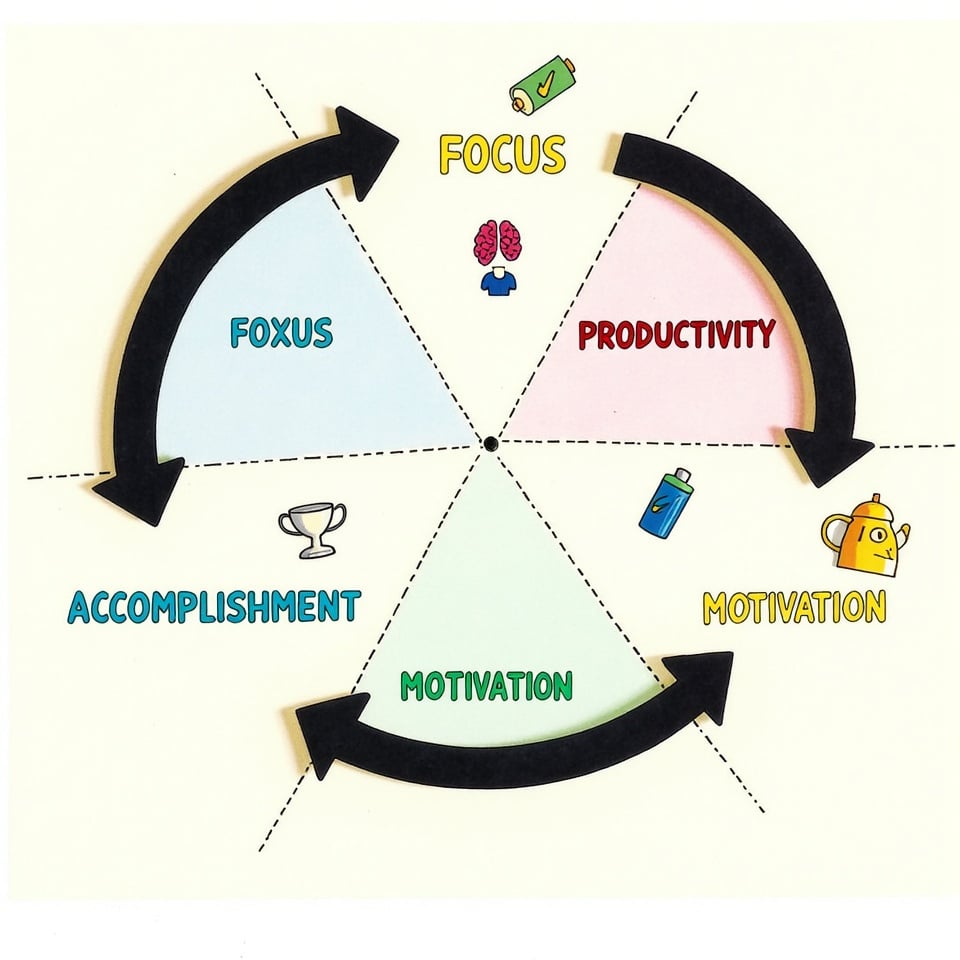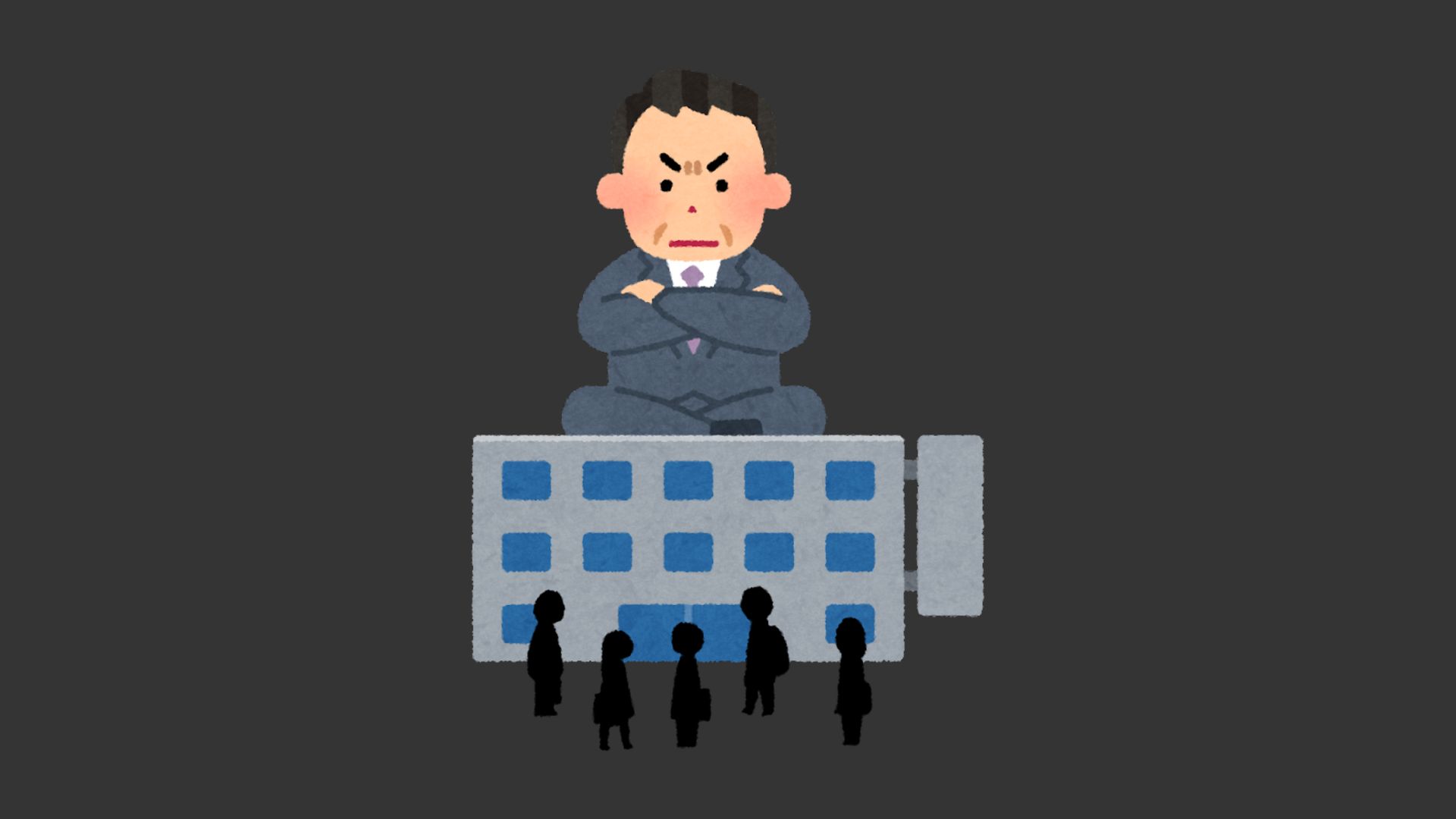Are you tired of kickoff meetings that fall flat, filled with awkward silences and disengaged team members?
You’re not alone—many project managers struggle with this.
But it doesn’t have to be this way.
By implementing smart planning and establishing clear roles, you can ignite genuine enthusiasm and keep your projects on track from the start.
In this article, I’ll reveal eight essential steps to run an effective project kickoff meeting that keeps everyone engaged and focused.
Get ready to transform your next kickoff into a dynamic launchpad for success!
What is a Project Kickoff Meeting?
A project kickoff meeting is like the opening scene in your favorite movie—everyone’s finally in the same room, energy is high, and the story is about to begin.
You’re gathered with your team and stakeholders to start your project on the right foot.
It’s your chance to get everyone excited, introduce faces, and outline what needs to happen next.
Think of it as a team huddle before the big game.
During the meeting, you’ll talk about what the project is, why it matters, and who’s doing what.
You’ll define the project’s goals, explain everyone’s roles, and make sure the whole team is on board.
Don’t worry if not everyone knows each other—you’ll break the ice and set expectations together.
Step 1: Pre-Meeting Planning
Before the kickoff meeting even begins, one smart move can set you up for success: prep like a pro.
Effective pre-meeting planning is your secret weapon!
Start by figuring out who’ll join.
Identify your project sponsor, leader, facilitator, and main team members.
It’s like casting for a heist movie—everyone needs to know their part.
Next, create a solid meeting agenda.
Break it down so each topic has its moment, and nobody’s left yawning.
Don’t forget to gather background materials.
Sharing these in advance helps everyone walk in prepared—no surprises.
Pick a meeting time that works for everyone.
It’s no fun pitching ideas to empty seats!
When you plan well, your kickoff gets everyone excited and on the same page from the start.
Step 2: Preparing Project Documentation
Think of project documentation as your secret weapon—it sets the stage for a smooth kickoff.
You don’t want your team walking into the meeting, scratching their heads, right?
When you prep project scope documents and a clear project timeline, everyone instantly gets the bigger picture.
It’s like packing a map for a road trip—nobody gets lost!
Make your documentation super accessible, so folks can review—and maybe even spot typos—before you go live.
Here’s what you’ll need:
- Project Charter: Outlines the project vision, objectives, project scope, and key stakeholders.
- Statement of Work (SOW): Details deliverables, the project timeline, and main responsibilities.
- Risk Register: Lists potential risks and issues with your clever mitigation strategies.
Step 3: Defining Team Roles and Responsibilities
| Task | Responsible | Accountable |
|---|---|---|
| Collect Requirements | Sam | Lisa |
| Design Mockups | Dana | Sam |
| Build Prototype | Pete | Dana |
| Test Prototype | Lisa | Pete |
| Final Review | Lisa | Team Lead |
Check in often, clarify, and adjust as your team and project evolve!
Step 4: Setting Project Goals and Expectations
Project clarity kicks off strong teams.
When you set clear project goals and expectations, you save everyone from endless headaches.
Think about the last time you played a game without knowing the rules—frustrating, right?
Trust me, it’s the same with projects.
Let’s get everyone on the same page and make sure the final score is a win for all.
Here’s how to nail it:
- Define clear goals: Use the SMART framework—make goals specific, measurable, achievable, relevant, and time-bound.
- Discuss expectations: Candidly talk about what success looks like, what needs to be delivered, and who’s accountable.
- Engage everyone: Invite the team to share thoughts, address worries, and connect project goals with their daily work.
Ready to create shared purpose and enthusiasm? Let’s go!
Step 5: Establishing Project Timeline
Few things are more stressful than not knowing what’s next on a project.
That’s why it’s essential to create a clear project timeline right from the start.
When you map out each phase, including key milestones and deadlines, you help everyone see the next steps clearly.
Try using a visual tool like a Gantt chart—it’s basically a fancy bar graph for project tasks.
Make sure you set realistic timeframes.
Don’t forget to check in about resource availability or tricky tasks that could slow you down.
If anyone slips up on dates, it could put the whole project at risk—and nobody wants that panic.
- Show how tasks overlap
- Confirm who’s doing what
- Review dates often
A flexible, shared timeline keeps everyone in sync and reduces stress.
Step 6: Risk Management and Mitigation
Staying on schedule feels amazing—until something unexpected pops up and tries to throw everything off track.
That’s where risk management comes in.
You want your project team members to spot problems early, not when it’s too late and everyone’s panicking over spilled coffee and lost files.
Be proactive!
Get your team together and paint a clear picture.
Here’s how:
- Brainstorm with team members and stakeholders to identify risks—think missed deadlines, budget overruns, or zombie server crashes.
- Create a risk register listing each risk, how likely it is, and what could happen. Add strategies for beating those risks.
- Assign team members to monitor specific risks and keep the plan current. Regularly review and adapt as new issues crop up.
Don’t leave risk to chance!
Step 7: Communication Plan
Even if your project plan looks perfect on paper, things can unravel fast if no one’s talking.
That’s where a solid communication plan comes in.
You need to decide how, when, and where your team checks in.
Will you use emails, collaboration tools like Slack, or stick to weekly Zoom calls?
Define who’s responsible for updates so no one’s left guessing.
Want to avoid dropped balls? Set up regular check-ins.
Everyone loves fewer surprises!
To make things memorable, here’s a quick table:
| Task | Tool/Channel | Frequency |
|---|---|---|
| Status Updates | Project Dashboard | Weekly |
| Quick Questions | Slack/Messaging | As Needed |
| Client Reports | Biweekly | |
| Team Feedback | Google Forms | Monthly |
| Progress Meetings | Zoom | Every Friday |
Step 8: Next Steps and Action Items
Once the kickoff meeting wraps, you might feel a rush of excitement—or maybe a little overwhelmed.
That’s totally normal!
Now, it’s time to channel all that energy into clear next steps and action items.
Without this, even the best project kickoff can lose momentum fast.
Here’s how you keep your project humming along:
- Send a Recap Email: Right after the meeting, craft a friendly summary for everyone. Highlight the main decisions, next steps, and action items so no one’s left guessing.
- Assign Action Items: Give each task a clear owner and deadline. For example, “Sam—draft project timeline by Friday.”
- Schedule Follow-Up Meetings: Pick a date for your next check-in. This guarantees progress stays on track and everyone feels accountable.
You’ve totally got this!
Best Practices and Tips
Now that you’ve mapped out action items, let’s talk about fine-tuning your kickoff with a few best practices.
Kick-off meetings can feel like a whirlwind, but with the right tools, you’ll keep everyone on the same page.
First, always send a clear agenda ahead of time.
Nobody likes guessing games!
During the meeting, encourage everyone—including the shy folks—to speak up.
You’ll be surprised what insights surface.
Use project management software to track timelines, assign tasks, and share documents.
Trust me, sticky notes only last so long.
Set measurable goals so you know what success really looks like.
Afterward, follow up with a summary email.
It’s your project GPS—reminding everyone of commitments and next steps so nothing falls through the cracks.
Wrapping it up
Wrap up your kickoff meeting with confidence—you’ve got this!
Did you know teams with clear plans are 30% more likely to hit their goals?
So, make sure everyone leaves knowing exactly what to do.
Review action items, set follow-up dates, and share a quick recap email.
If someone missed something, don’t sweat it!
Just ask questions, share ideas, and help each other.
You’re in this together—and that’s how great projects start!







